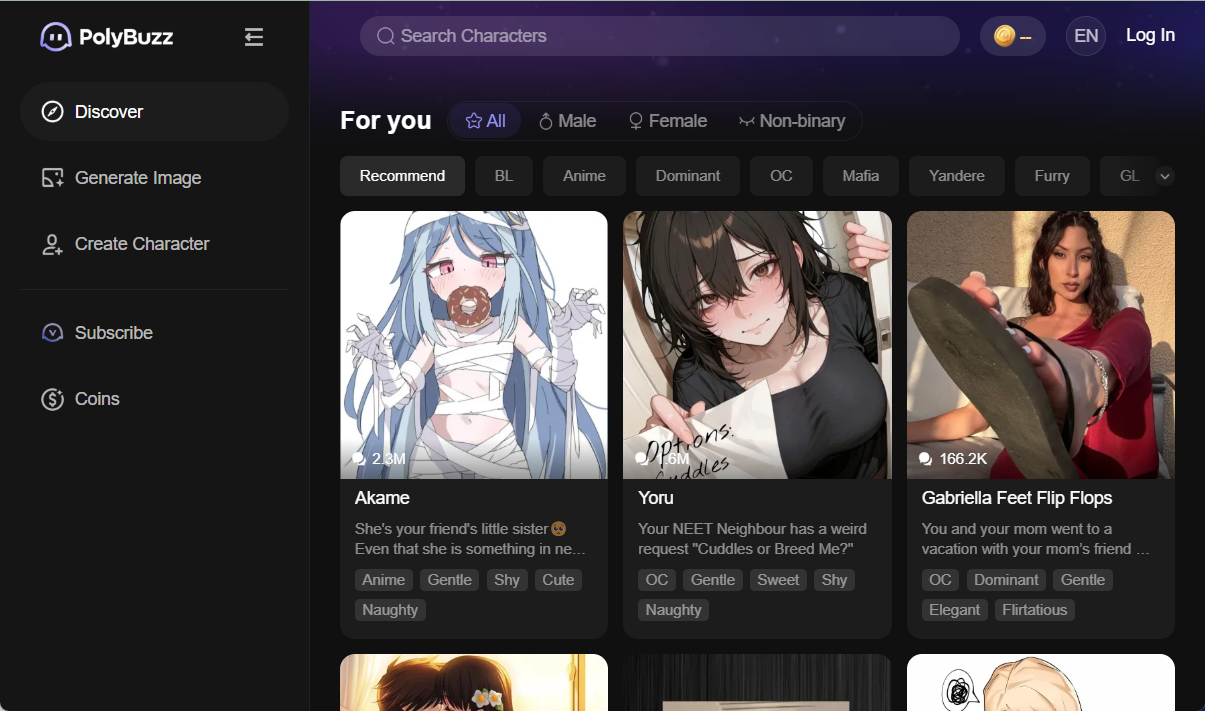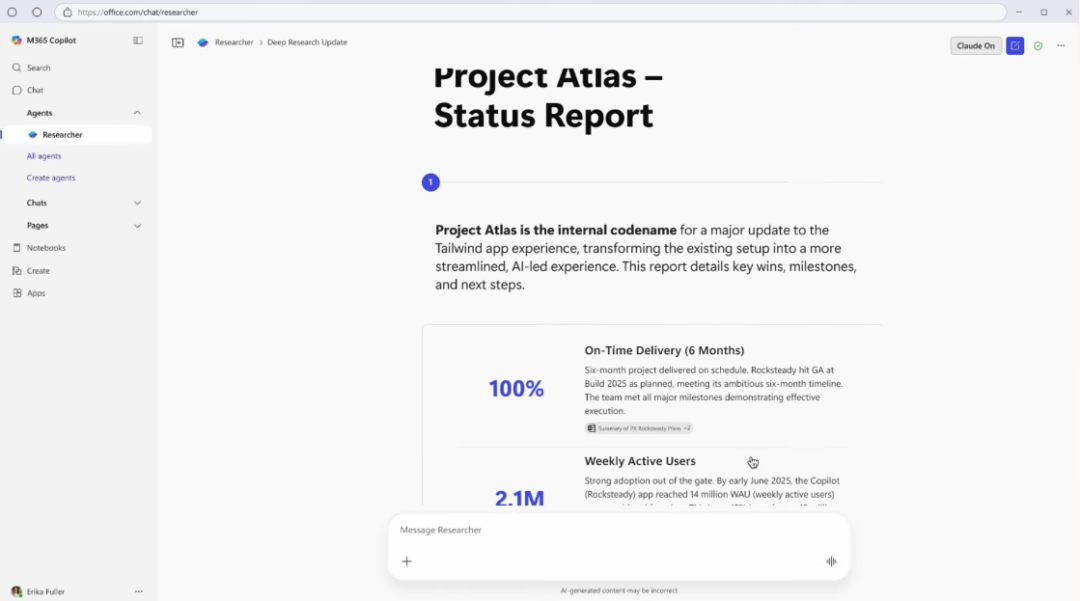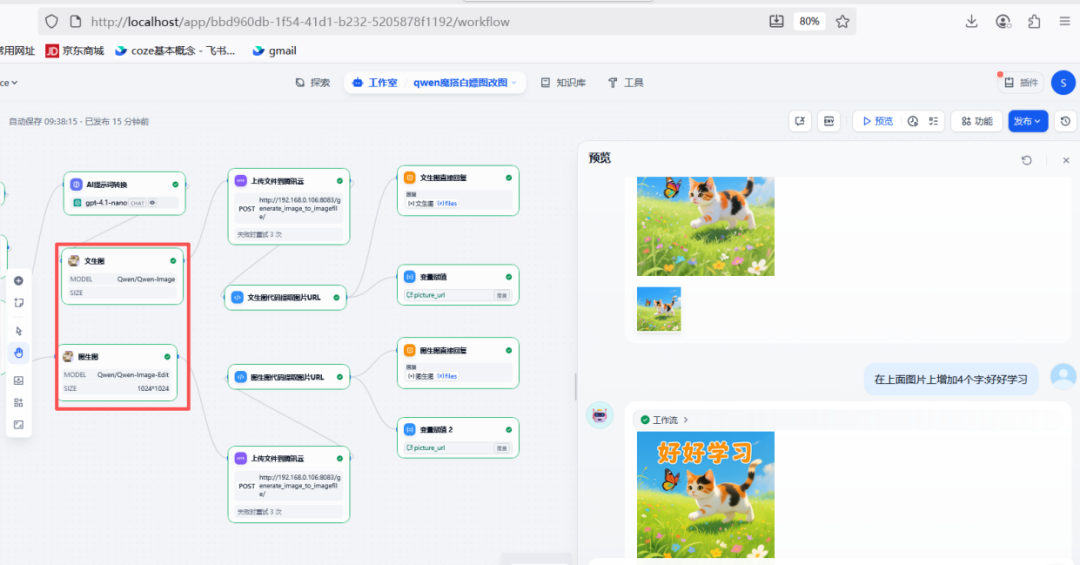A community-driven methodology for the evolution of AI tools
As a GitHub public project, Zola adopts the MIT license to allow secondary development for commercial use, and this openness strategy has attracted 37 developers to submit PR improvements. The project structure is clearly delineated into model adaptation layer, business logic layer and presentation layer, where the model-providers directory specifies the interface standards for the added AI engine.
Typical examples of extensions include the community-contributed Claude model support, where developers only need to implement the standard dialog protocol to access the new service. The .env configuration templates provided by the documentation lower the barrier to participation, and non-professional programmers are able to test the effects of different models via API keys. The Discord channel set up by the project maintainers forms a technical communication network that handles an average of 5-8 feature suggestions per week.
This model demonstrates three advantages over the closed architecture of commercial AI platforms: rapid response to segmented needs, reduced technology validation costs, and facilitation of best practice sharing. Three spin-off projects have already developed enterprise customized versions based on the Zola core, verifying the sustainability of the open source route.
This answer comes from the articleZola: Open Source AI Chat Web App with Document Upload and Multi-Model SupportThe






























